At what temperature do bed bugs live and die?
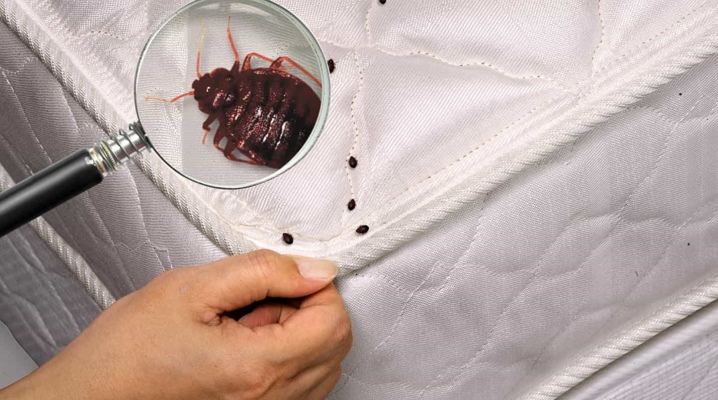
Bed bugs are extremely tenacious and well adapted to life in any environment. With sudden changes in temperature, parasites continue to exist, but do not multiply. Bedbugs die if the temperature drops sharply or rises to a certain limit. In this case, insects still do not die instantly, only temperatures at which a person does not survive can instantly kill parasites.
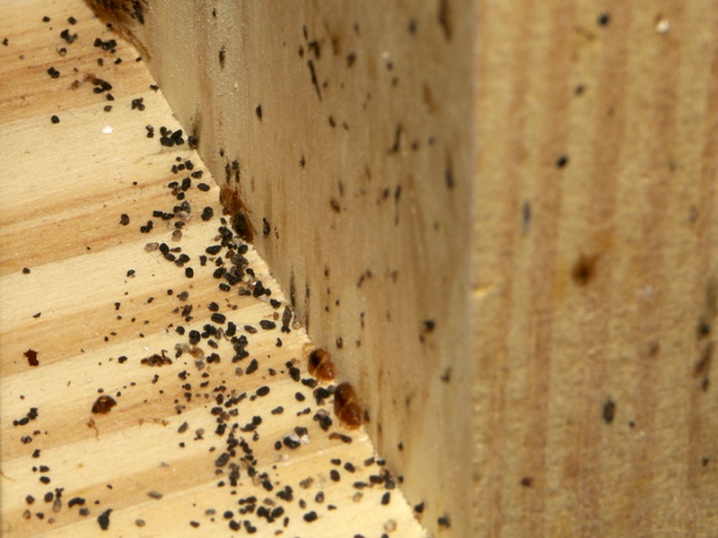
Ideal living conditions
Bedbugs love warmth, so they actively reproduce and grow in a relatively warm environment. Food is an equally important factor; without nutrition, parasites will not grow and have offspring. The most comfortable living conditions for bed bugs are:
- high humidity (from 60% and above), the ideal level for the development of parasites is about 70-80% humidity;
- temperature from 20 to 30 degrees Celsius.
At cool temperatures, the development of a bug larva to an adult is from 1.5 to 2 months. For bedbugs, the most comfortable conditions are in which it is convenient for humans to live - this is how parasites easily find a source of food. At room temperature (20-30 degrees Celsius), bugs develop from larvae to adulthood 2 times faster.
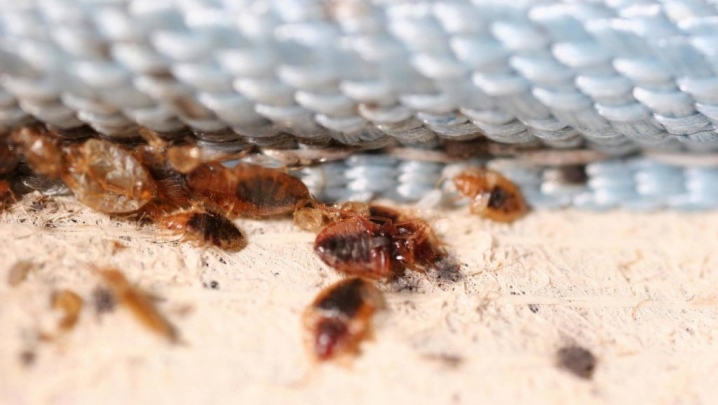
Bedbugs cannot live in a house in which the level of humidity is low; without moisture, the parasite's body dries up. However, adults can survive water shortages if they have food. Bedbug eggs do not develop in dry air and soon die.
Life depending on conditions
These insects easily tolerate temperatures from 25 ° C to 50 ° C. The critical mark fluctuates within 45 ° С. These pests are afraid of the cold. In the winter months, insects often freeze at temperatures below -7 ° C.
However, the death of parasites will occur only if they have lived in negative conditions for a long time. When the temperature drops, the bugs die faster, in this case the humidity level no longer plays an important role, rather it is another factor leading to the death of parasites.
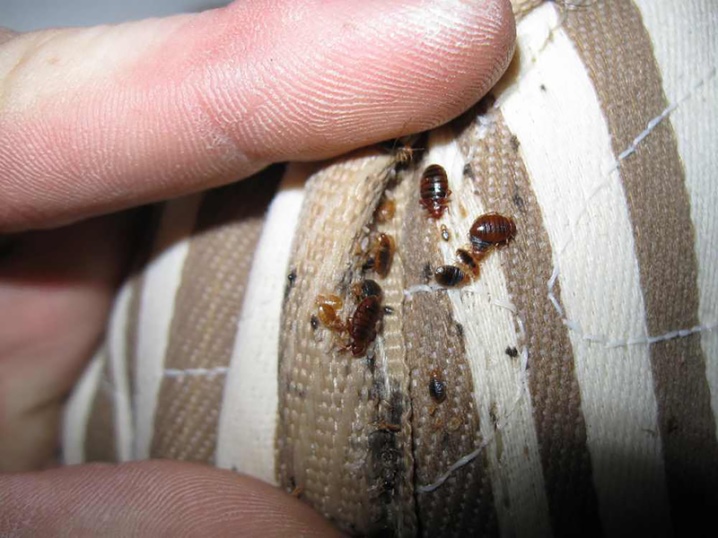
Processes in the body
If the temperature is too high or too low, the metabolism of insects is accelerated. Features of development due to temperature extremes:
- at temperature indicators over 35 ° С the life span of insects is reduced and is about 10 months (at a rate of 12 months);
- temperature drop up to 15 ° С slows down the growth of insects, eggs hardly develop, but die only at temperatures below -7 ° С;
- if the temperature keeps in the region of 25 ° С, the life span of insects is about 15 months.
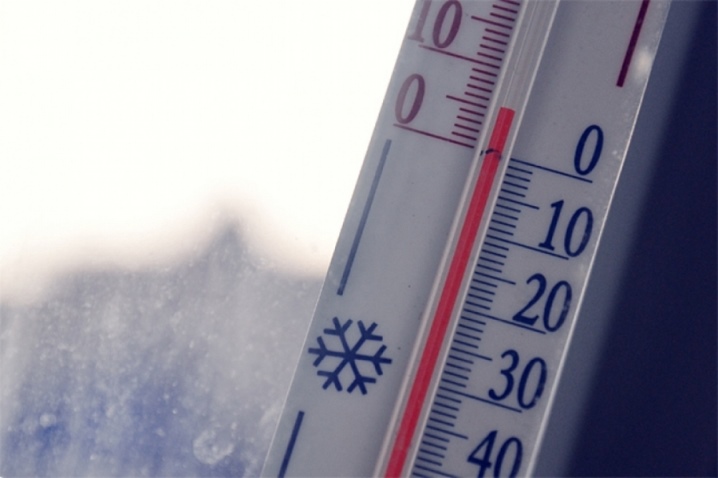
Under what do they die?
The parasites are able to withstand low temperatures for only a few days.
Eggs
The harmful effects occur in the eggs of parasites only when the temperature drops from -30 ° C and below. At the lowest possible temperatures, insect embryos die immediately. The same effect is observed if the temperature rises by more than 55 ° C.
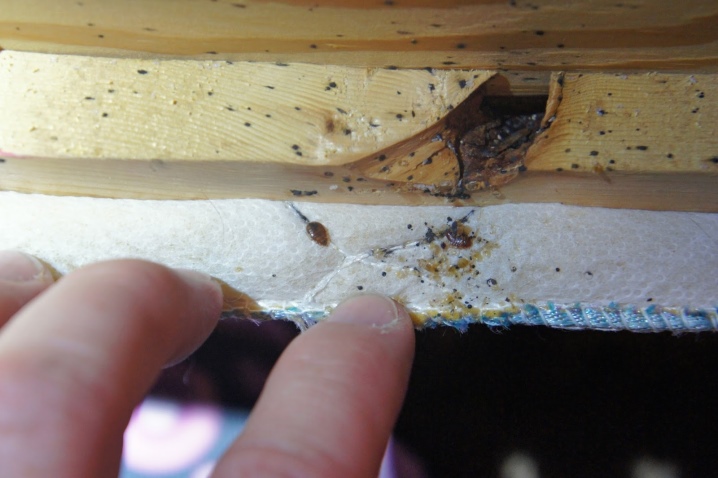
However, temperature changes for bedbug eggs are not so terrible - they continue to develop normally.
Larvae
Newly hatched bugs are not so adapted to temperature extremes. They die under the same conditions as older individuals: if the temperature drops below -20 ° C or rises above 45 ° C. The more critical the temperature, the faster the insect dies.
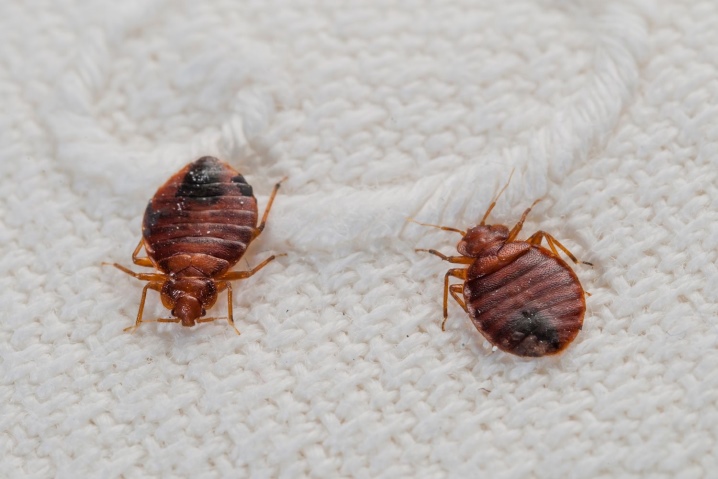
The larvae die if the thermometer falls below -17 ° C.In such an environment, they can live no more than a day. If the cold becomes stronger by about 3 ° C, the larvae die within 3 hours. The organism of young parasites has not yet had time to adapt to negative factors. They are less resistant to temperature extremes than adult bugs.
The larvae are unable to remain viable in an environment in which eggs can still develop.
Adults
In many sources, including in Medical Entomology T.V. Vasilievich, it is indicated that larvae and adult parasites are able to survive without food for about 18 months at a temperature of + 25 ... 30 ° C. If the temperature drops to -10 ° С, then the parasites survive, they are killed only by a decrease in temperature to -17 ° С. In this cold, adult bugs live for 24 hours. In the heat, they die even faster. For example, when the heat rises to 45 ° C, bugs die within 45 minutes.
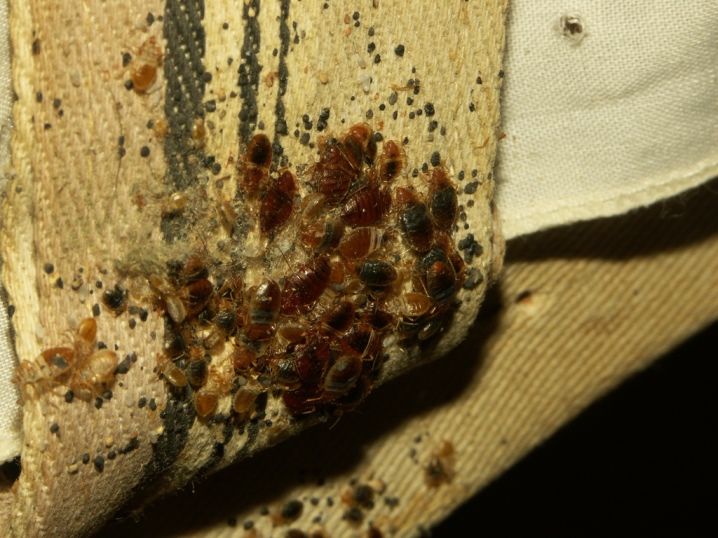
Effective ways to fight
In the fight against parasites, they use their vulnerability to temperature conditions. An increase in temperature over 45 ° C threatens the complete destruction of most individuals. Therefore, methods are often used aimed at heat treatment of the habitats of parasites.
Thermo gun
A special device heats the air up to 60 ° C heat. Almost all insects die immediately when heated. With this method, the areas infected with parasites, where they established nests, do not need long-term heating and processing. It is enough to direct the thermal gun to the area for 30 seconds.
The device is very powerful, so the processing of infected areas does not take much time. It is necessary to turn off the device from time to time so that it does not overheat.

Steam use
The steam generator conveys hot steam. With the help of this unit, you can instantly destroy the nests of bedbugs, since the air instantly heats up to 100 ° C. This temperature is not a limit, you can select a mode with a higher heating. The areas where bedbugs have settled do not need to be processed for a long time. The main disadvantage of this method is the small size of the nozzle, which makes the procedure time-consuming. Using a steam generator leads to the destruction of adults, larvae and eggs.
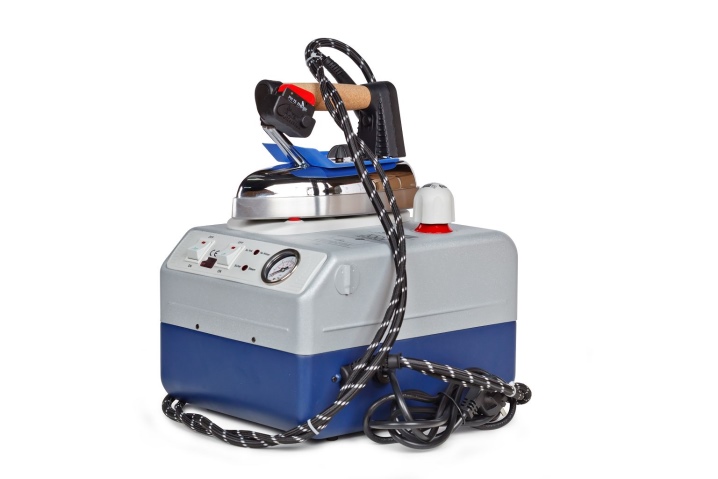
Removable by washing
You can get rid of bedbugs using various methods:
- hand wash;
- processing fabrics in a washing machine.
If you want to remove bedbugs, it is better to use the latter method. Manual processing does not give the most effective result, since in this case the water will not be hot enough.
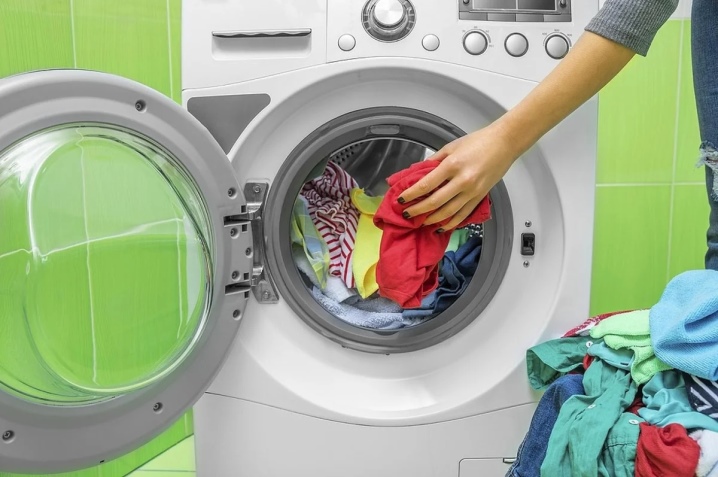
Bedbugs die at temperatures above 45 ° C, therefore, you can wash your clothes first and then soak them. However, the water temperature will drop quickly. It is recommended to wash linen when cleaning from bedbugs in very hot water with a temperature of 90 ° C.
Ironing
You can destroy parasites using ordinary household appliances. It is best to use an iron whose soleplate is very hot. This method is effective due to direct contact between the heating surface and parasites. When a hot iron comes into contact with the fabric on which the parasites have settled, eggs are destroyed, and adult bugs and larvae die even during the washing phase.
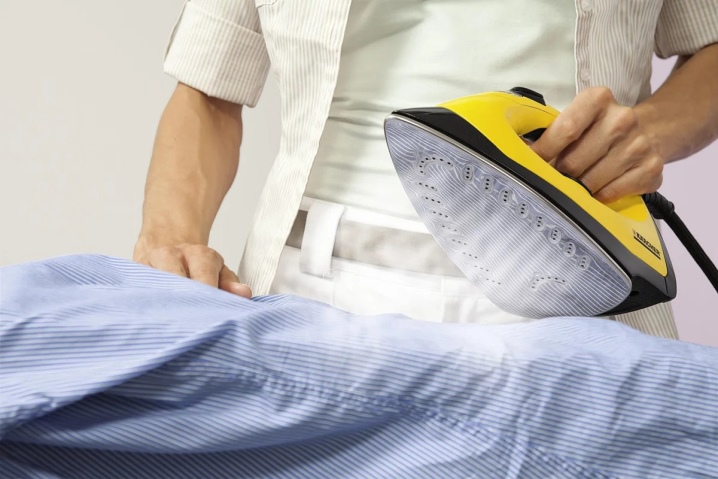
Boiling water
Exposure to hot water is one of the easiest ways to get rid of parasites... The boiling point of water is about 100 ° C, in such conditions larvae, adults and eggs die. The death of insects occurs instantly.
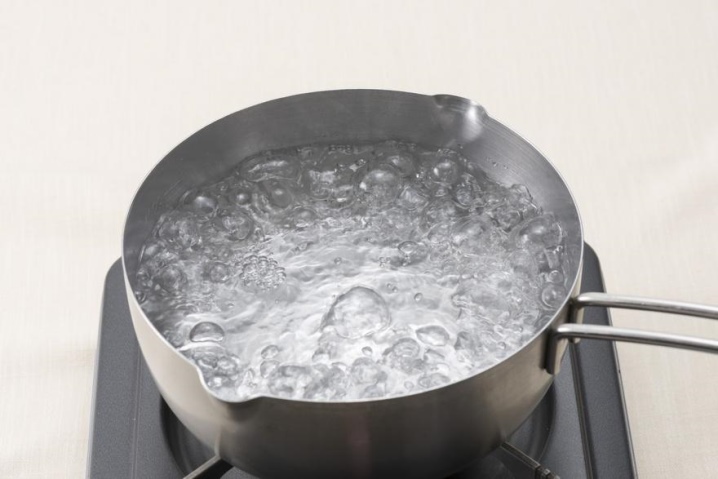
However, this method is not applicable to all surfaces. Boiling water can be poured over insect eggs, but most often this method is used when processing woven surfaces and clothes.
Ultra-violet rays
The method is effective for the destruction of microorganisms that inhabit insect nests. Surfaces become hot when exposed to sunlight. The effectiveness of the method depends on the type of material. If furniture is being processed, it must be substituted so that direct sunlight falls on the infected areas. With this method, the parasites die quickly.

The higher the temperature of the heated surfaces, the sooner the parasites will die. After treatment with ultraviolet rays, it remains to clean the surface of dead insects.
Freezing
The principle of the method is similar to exposure to sunlight. If the furniture is in the cold, the bugs are likely to die quickly. A temperature below -25 ° C is considered sufficient for the death of insects. In such conditions, bugs will live for several hours.
If the temperature outside does not fall below the required limit, you should increase the procedure time. The furniture should stand in the cold for several days.
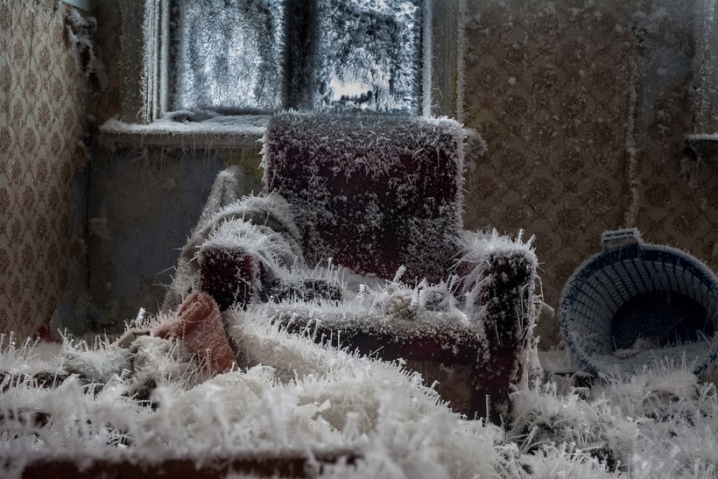
The disadvantage of this method is the impossibility of processing all areas in the house. Even if all windows are open in severe frost, this can lead to freezing of the heating system.
Thermofan
The hot air gun is another name for the building hair dryer. The hot air gun can operate in a variety of modes - up to 500 ° C. When working with a hair dryer, it is necessary to take breaks so that the device does not overheat. The disadvantage of the unit lies in the ability to act only on small areas.

Household steam cleaner
The device produces steam on different surfaces. When air heated to a critical level gets in, all parasites instantly die.
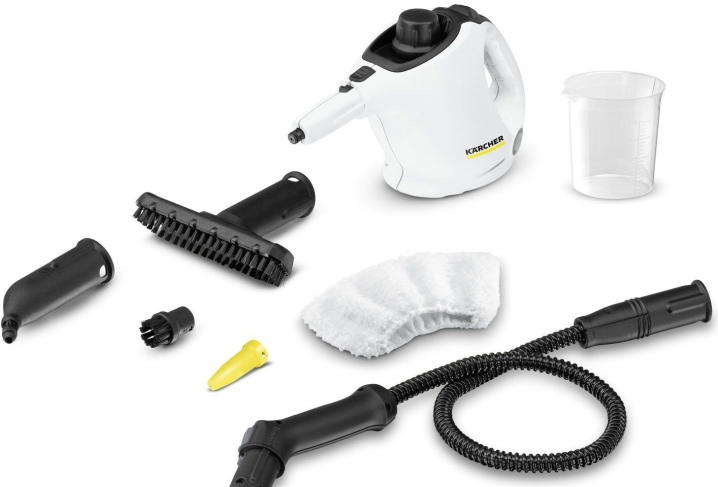
Fighting safety rules
When removing parasites without the use of chemical compounds, safety rules must be observed. Following some guidelines will help you avoid burns and injury.
- Necessary keep appliances producing hot steam at a short distance from surfaces. Do not allow hot steam to come into contact with unprotected skin.
- When processing with boiling water, you should hold the kettle or container with water with a towel or oven mitt. Be careful not to accidentally spray hot water onto exposed skin.
- When exposure is carried out at high temperatures, need a quick response. This is because the kettle or container may tip over. Such processing can be carried out if the surface material is not damaged by exposure to extremely low or high temperatures. Details on this can be found in the product description or on the label.
- When working with heating appliances, it is better to use special gloves with thermal protection... If there are none, you can get by with ordinary kitchen oven mitts. Before processing, you need to wear tight clothing made from natural fabrics. It is not recommended to wear synthetics or use synthetics as an oven mitt for hot appliances. Synthetics can become very hot when exposed to hot vapors.
- It is necessary to sweep away dead insects from time to time. Dead parasites, if not removed in time, can contaminate furniture or fabrics. Then it will be almost impossible to remove the stains. After processing and eliminating bedbugs, dry cleaning of furniture and other surfaces should be carried out.
- Steam cleaning can be difficult due to the ability to affect only small areas... First, you need to direct the device locally to places where there is a large accumulation of parasites. This is how it will turn out to destroy as many insects as possible.
- Do not turn on the heat gun or hot air gun at maximum power, as this can lead to an accident. Too much heat can cause fire or damage to furniture. It is necessary to adhere to the temperature at which the insects will die.
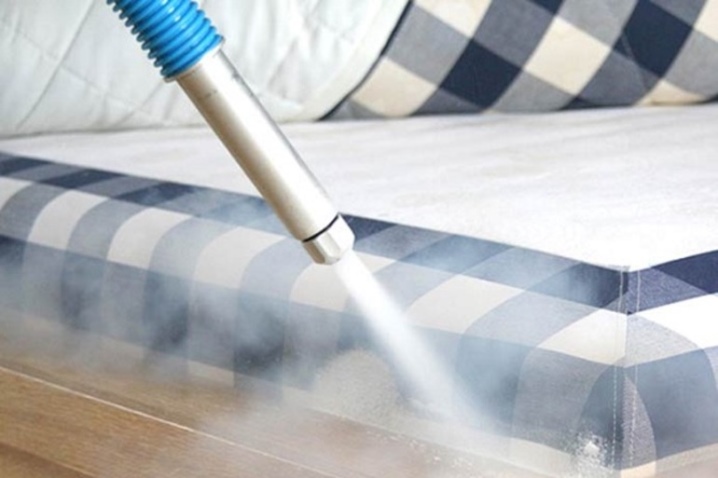













The comment was sent successfully.